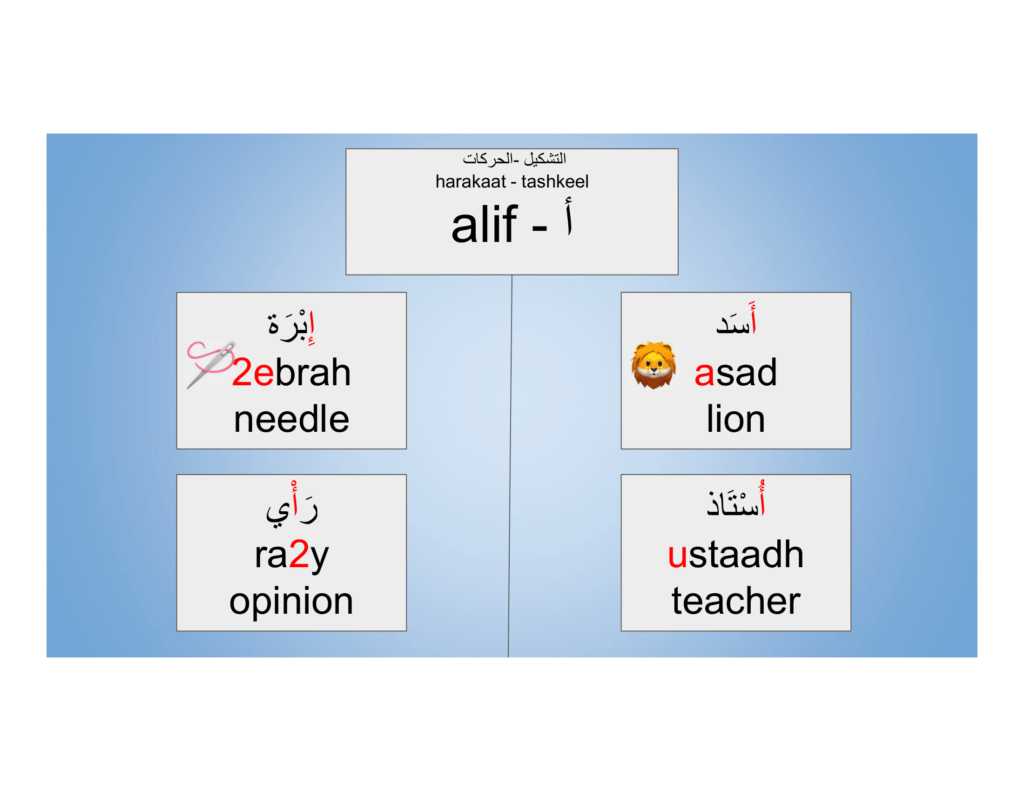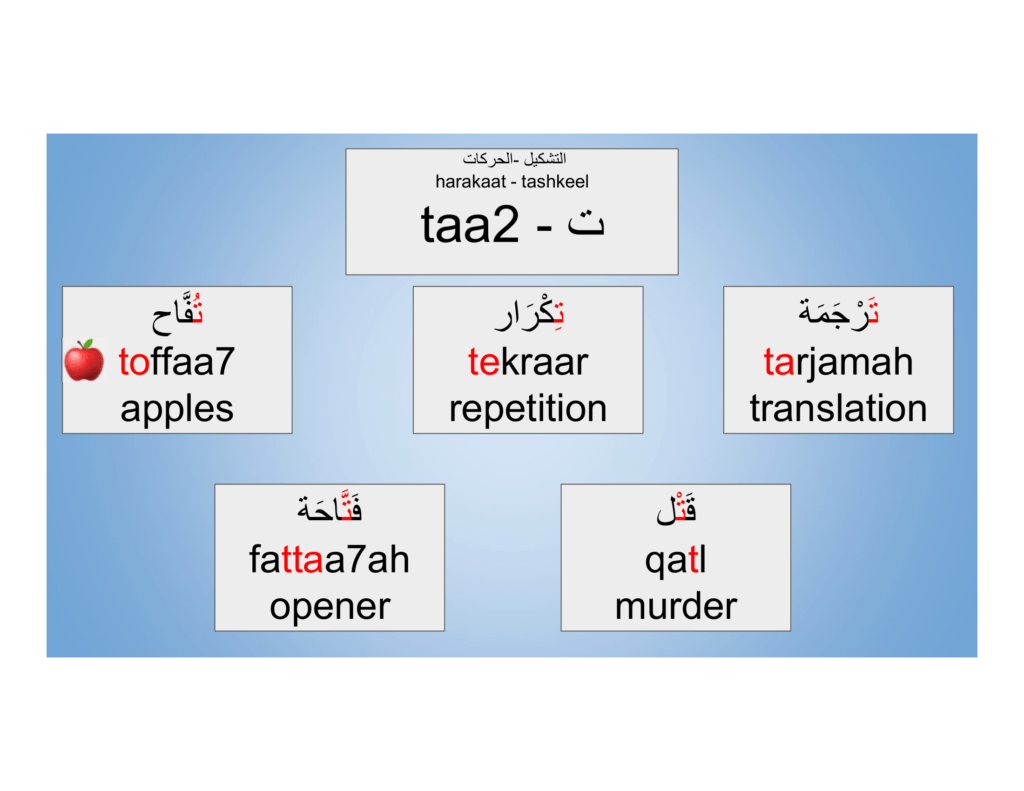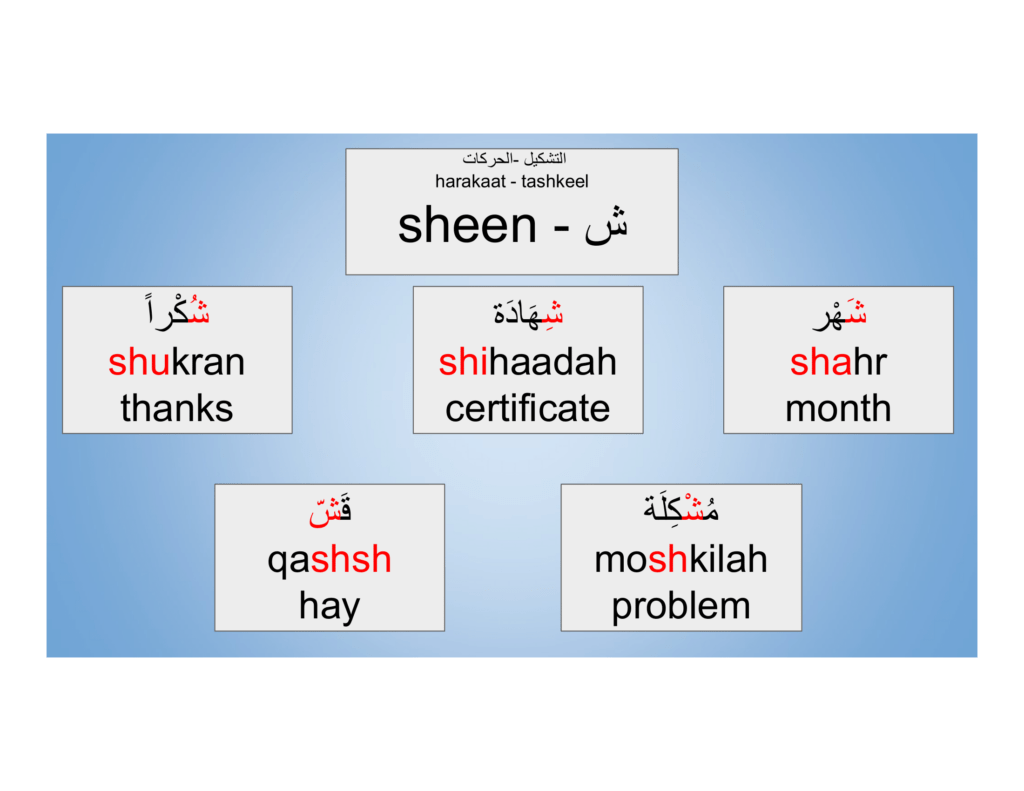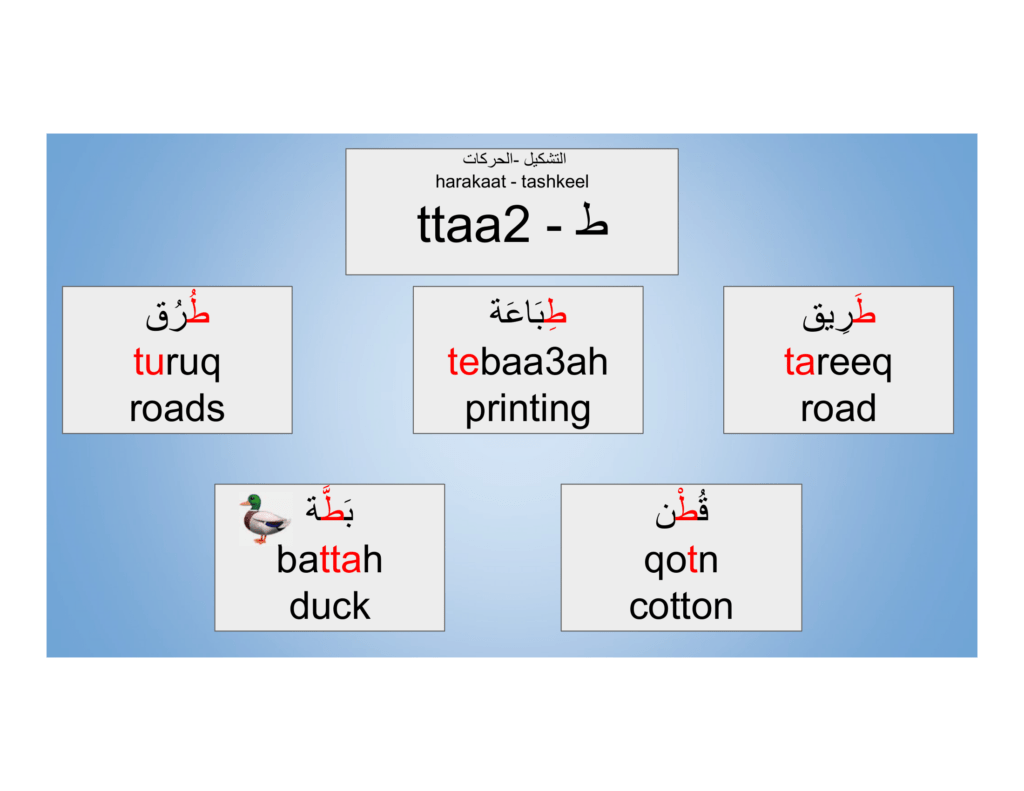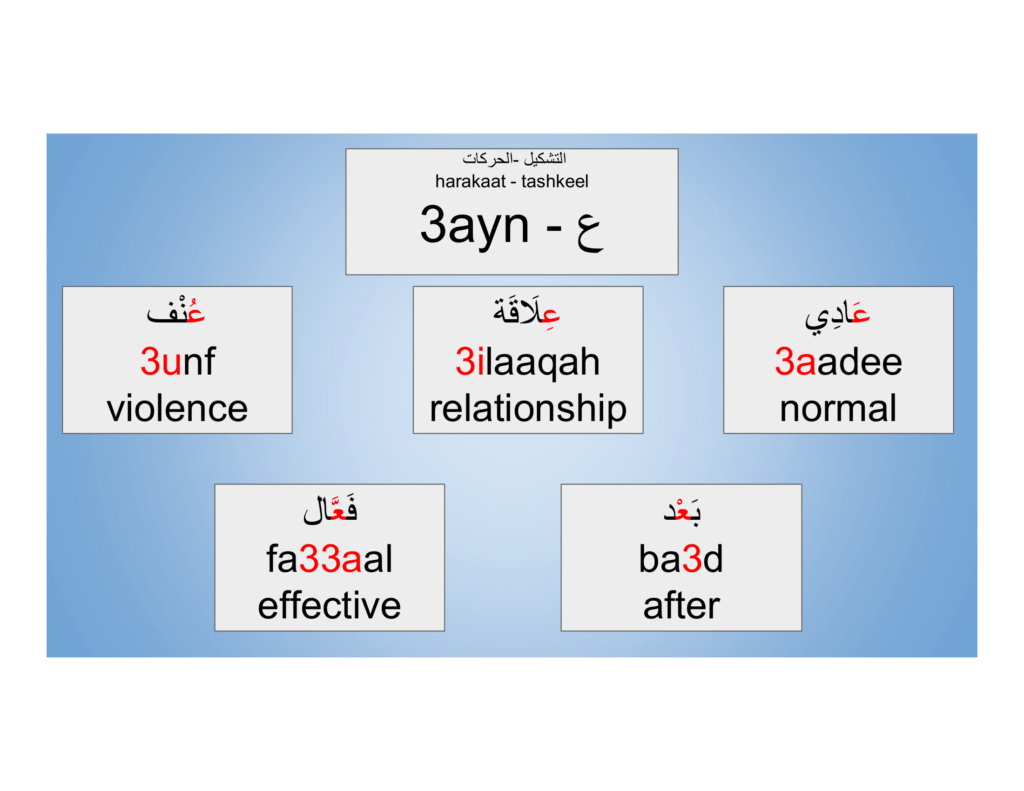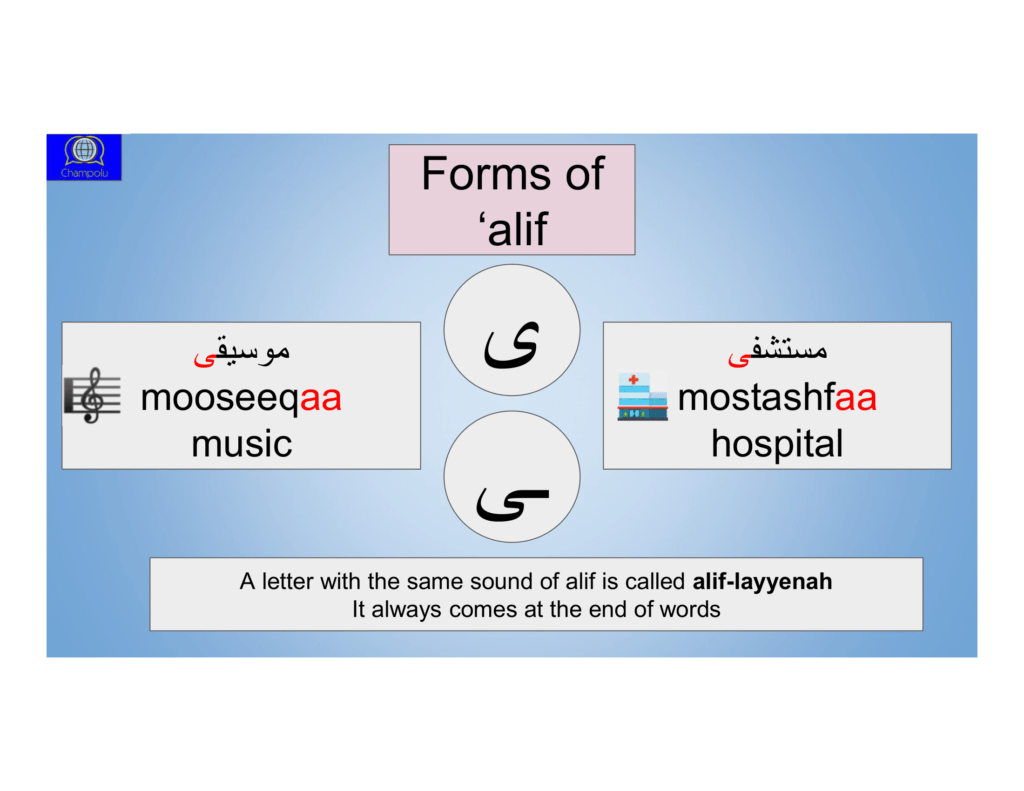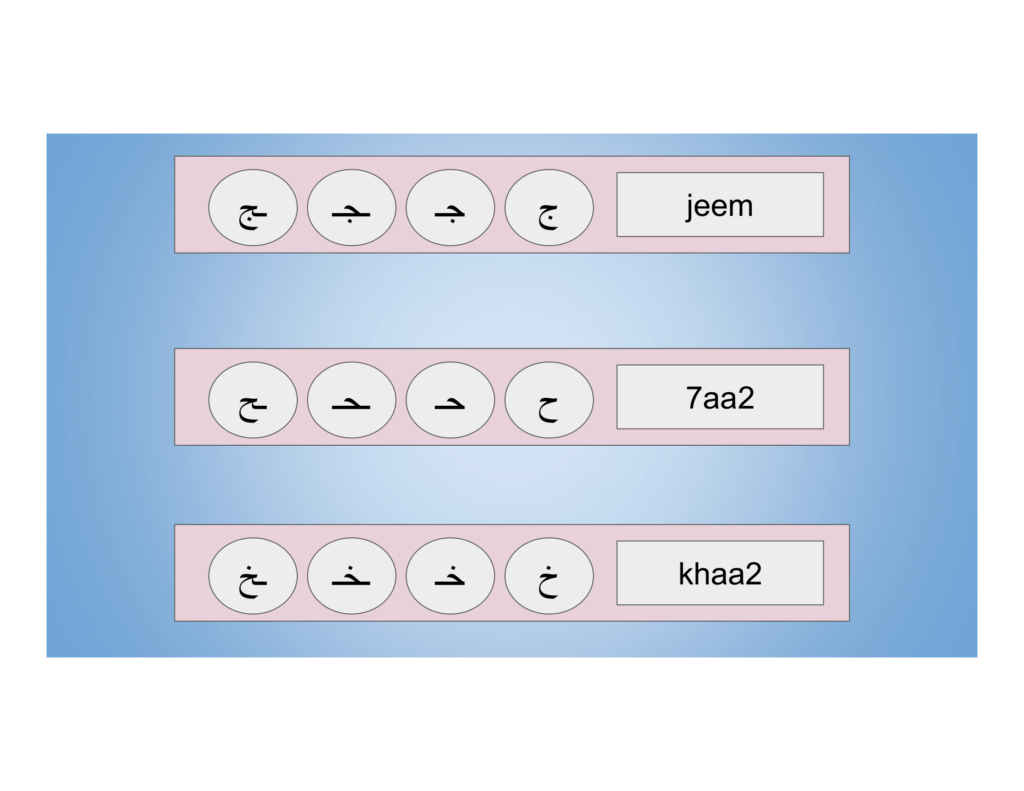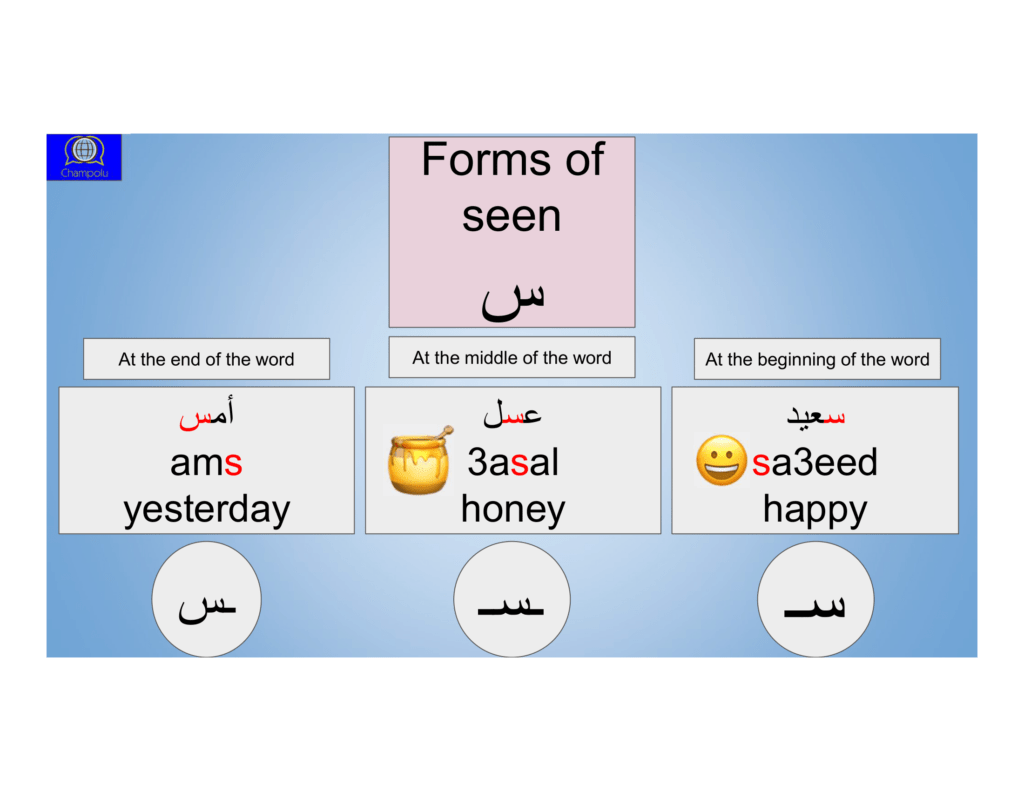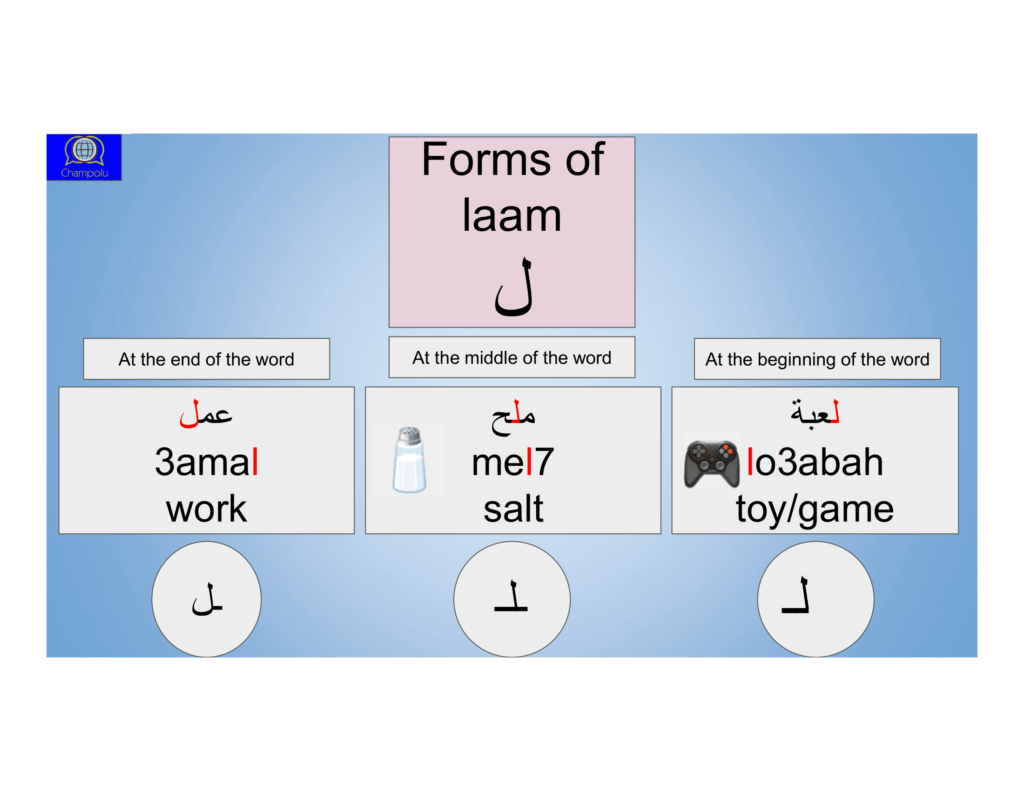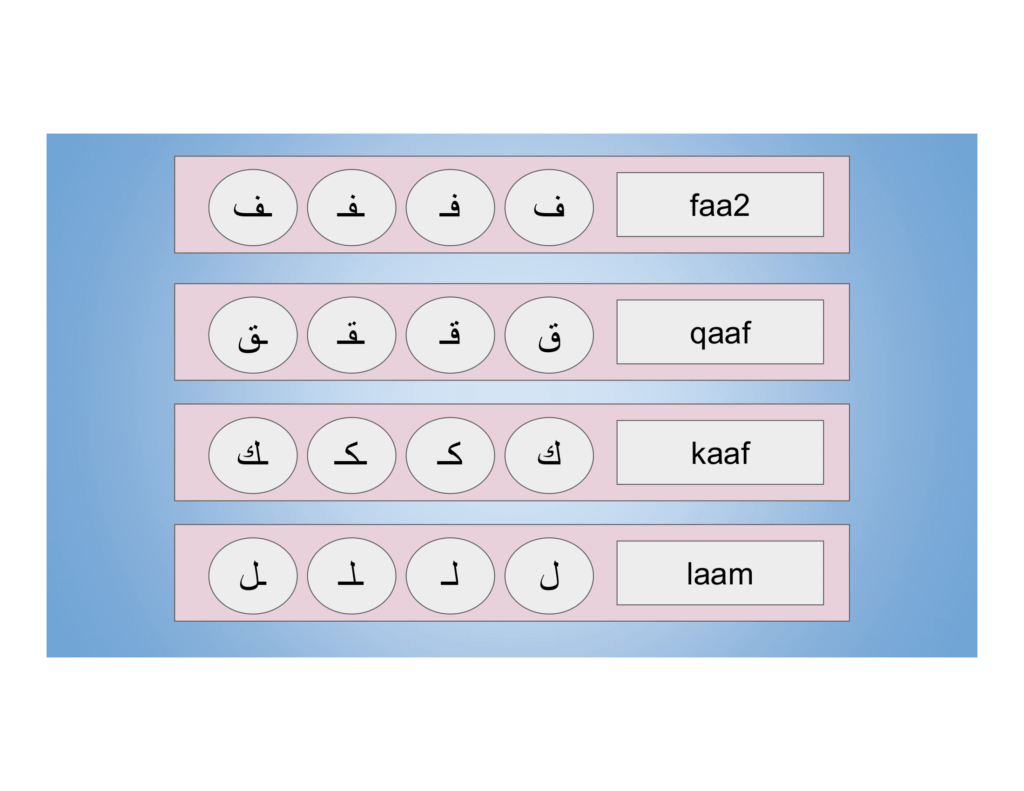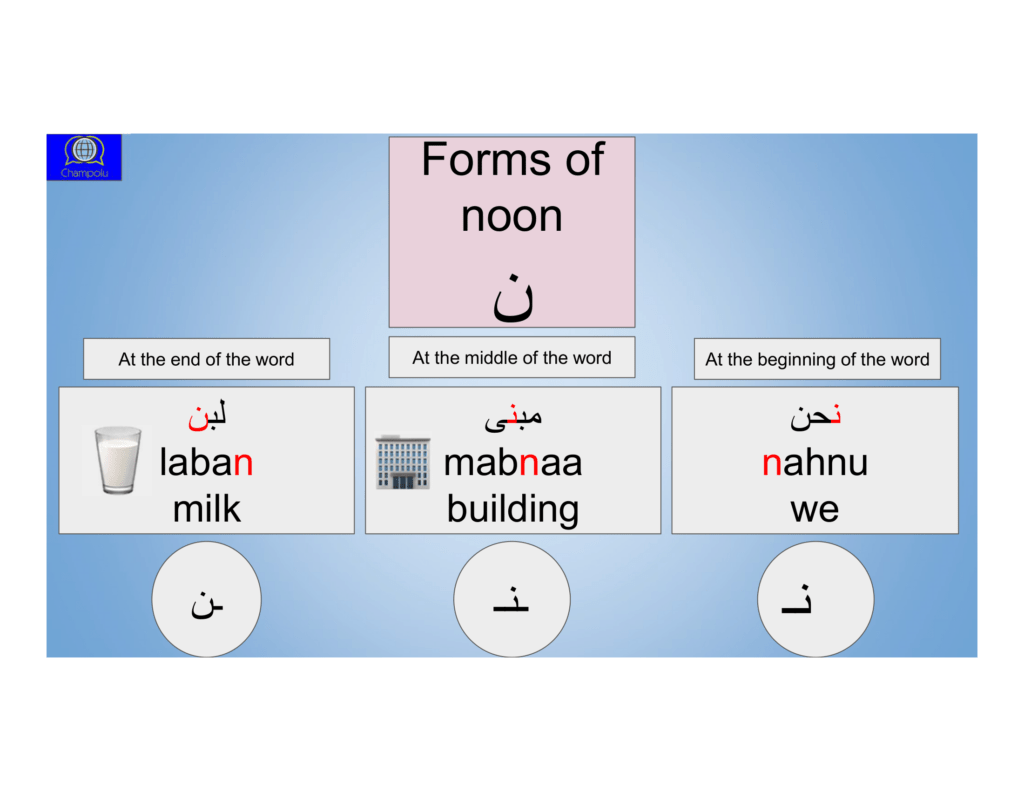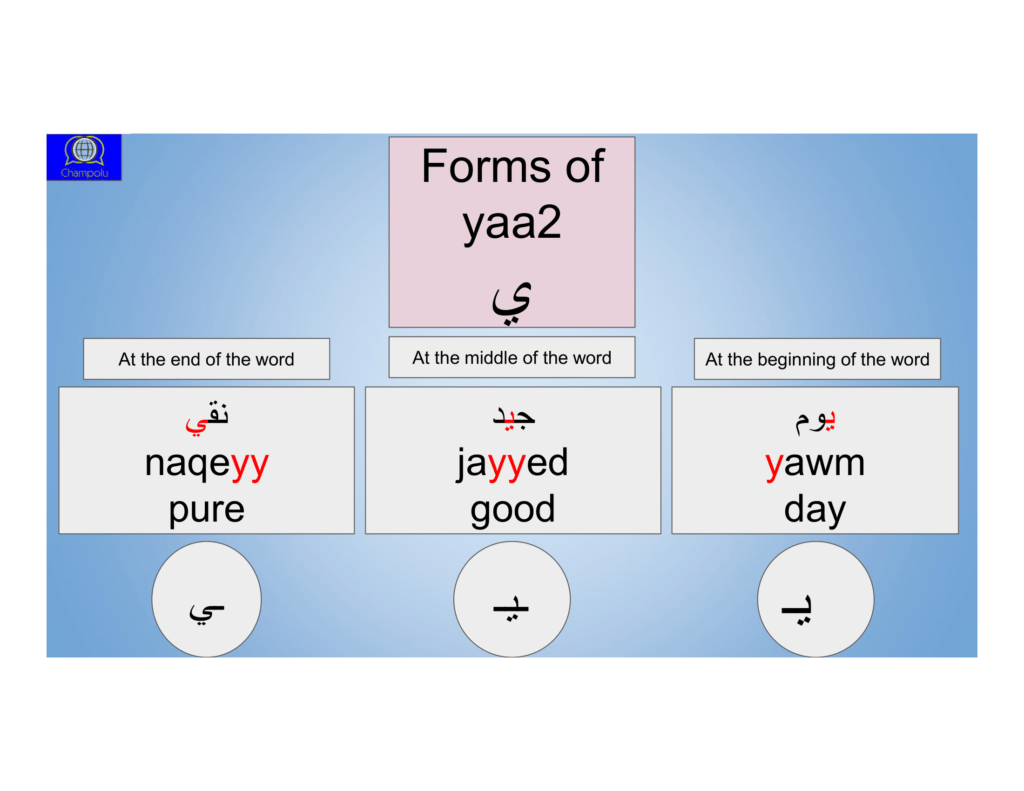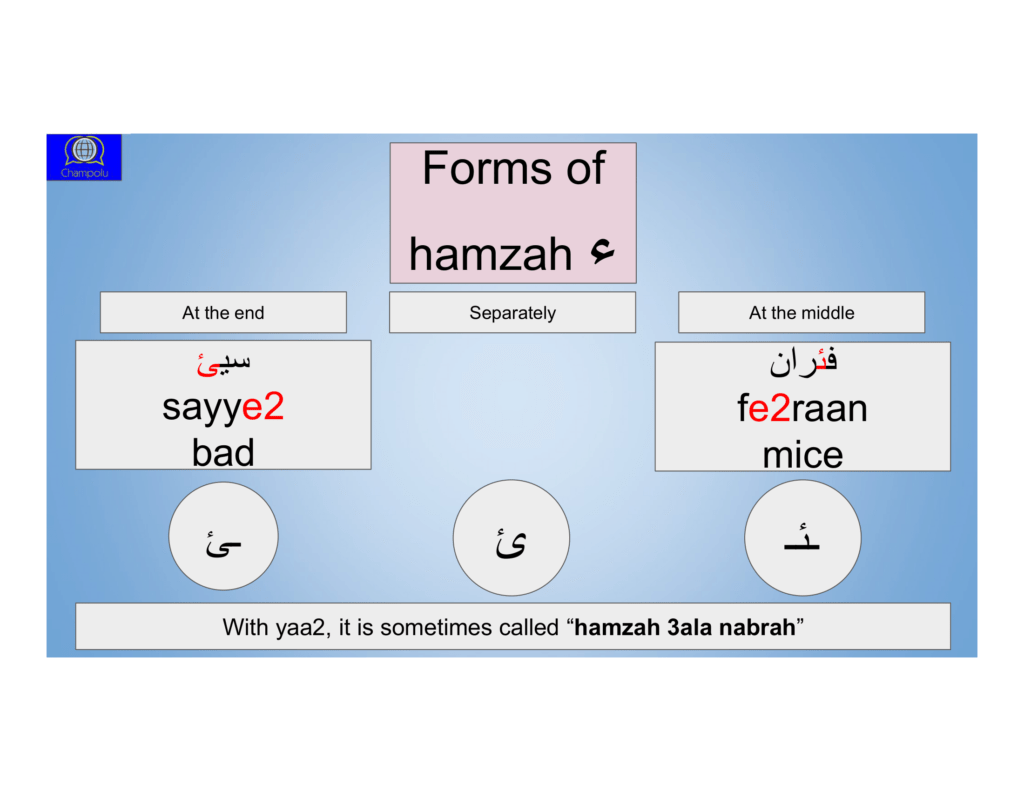Let’s learn about question words in Arabic. In this lesson, we will discuss interrogative sentences in Arabic. Mainly, we will introduce the main question words and the corresponding structure.
Arabic Question Words Example
In this video, let’s learn about question words in Arabic.
Question Words أدَوات الاسْتِفْهَام
مَن؟
man?
Who?
مَا؟
maa?
What?
مَاذَا؟
maadhaa?
What?
أيْنَ؟
ayna?
Where?
مَتَى؟
mataa?
When?
كَيْفَ؟
kayfa?
How?
كَم؟
kam?
How many?
لِمَاذَا؟
limaadhaa?
Why?
هَل؟
hal?
…? Yes/No
Yes/No Questions
The word “hal” is a word we use for forming Yes/No questions in MSA.
In classical Arabic, sometimes the letter alif is used before the verb in a similar way:
Did you want to eat?
a-tureed an ta’akol?
أتريد أن تأكل؟
هَلْ؟
hal?
For asking Yes/No Questions
هَل نِمْتَ جَيِّداً؟
hal nimta jayyidan?
Did you sleep well?
هَل أنْت مِصْرِيّ؟
hal anta misreyy?
Are you Egyptian?
هَل تُرِيد أَنْ تَأكُل؟
hal tureed an ta’kol?
Do you want to eat?
هَل وَصَلَ الضُّيُوف؟
hal wasala ad-duyoof?
Did the guests arrive?
نَعَم
na’am
yes
لا
laa
no
Where = ayna = أينَ
أيْنَ الحَقِيبَة؟
ayna al-haqeebah?
Where is the bag?
أيْنَ المُدِير؟
ayna al-mudeer?
Where is the manager?
أيْنَ تَسْكُن؟
ayna taskun?
Where do you live?
أيْنَ أَنْت؟
ayna ant?
Where are you?
Who = man = مَن
مَن هُوَ؟
man huwa?
Who is he?
مَن قَالَ لَكَ هَذَا؟
man qaala laka haadhaa?
Who told you so?
مَن هُوَ مُؤَلِّف الكِتَاب؟
man huwa mu’allif al-kitaab?
Who is the author of the book?
مَن هُوَ مُخْتَرِع الهَاتِف؟
man huwa mukhtare’ al-haatif?
Who is the inventor of the phone?
When = mataa = متى
مَتَى وَصَلْتُم؟
mataa wasaltum?
When did you (pl-m) arrive?
مَتَى حَدَث هَذَا؟
mataa hadatha haadhaa?
When did this happen?
مَتَى سَافَرُوا؟
mataa saafaroo?
When did they travel?
مَتَى وُلِدْت؟
mataa wulidt?
When were you born?
What = maa = ما
مَا مَعْنَى هَذِهِ الكَلِمَة؟
maa ma’naa haadhihi al-kalimah?
What is the meaning of this word?
مَا هِيَ عَاصِمَة فَرَنْسَا؟
maa hiya ‘aasimat faransaa?
What is the capital of France?
مَا هِيَ المُشْكِلَة؟
maa hiya al-mushkilah?
What is the problem?
مَا هَذَا؟
maa haadhaa?
What is this?
How = kayfa = كَيفَ
كَيْفَ عَرَفْت؟
kayfa ‘araft?
How did you know?
كَيْفَ نُصْلِح الهَاتِف؟
kayfa nuslih al-haatif?
How do we fix the phone?
كَيْفَ يُمْكِن أَنْ أُسَاعِدَك؟
kayfa yumkin an usaa’idak?
How can I help you?
كَيْفَ حَالُك؟
kayfa haaluk?
How are you?
(Literally: How is your condition)
How much/many = kam = كَم
كَم عُمْرُك؟
kam ‘umruk?
How old are you?
(Literally: how much is your age)
كَم شَخْصَاً قَابَلْت؟
kam shakhsan qaabalt?
How many people did you meet?
كَم تُرِيد؟
kam tureed?
How much do you want?
كَم تَكَلَّفَت الرِّحْلَة؟
kam takallafat ar-rihlah?
How much did the trip cost?
What = maadhaa = ماذا
مَاذَا حَدَث؟
maadhaa hadath?
What happened?
مَاذَا قُلْت؟
maadhaa qult?
What did you say?
مَاذَا تُرِيد؟
maadhaa tureed?
What do you want?
مَاذَا فَعَلُوا؟
maadhaa fa’aloo?
What did they do?
Why = limaadhaa = لِمَاذا
لِمَاذا تَبْكِي؟
limaadhaa tabkee?
Why are you crying?
لِمَاذا وَقَعَت الحَادِثَة؟
limaadhaa waqa’at al-haadithah?
Why did the accident happen?
لِمَاذا فَعَلْتَ ذَلِك؟
limaadhaa fa’alta dhaalik?
Why did you do so?
لِمَاذا تَأَخَّرْوا؟
limaadhaa ta’akhkharoo?
Why are they late?
Other Question Words in Arabic
There are other question words that will be covered in later lessons.
https://www.facebook.com/archampolu/photos/?tab=album&album_id=173990487448152











